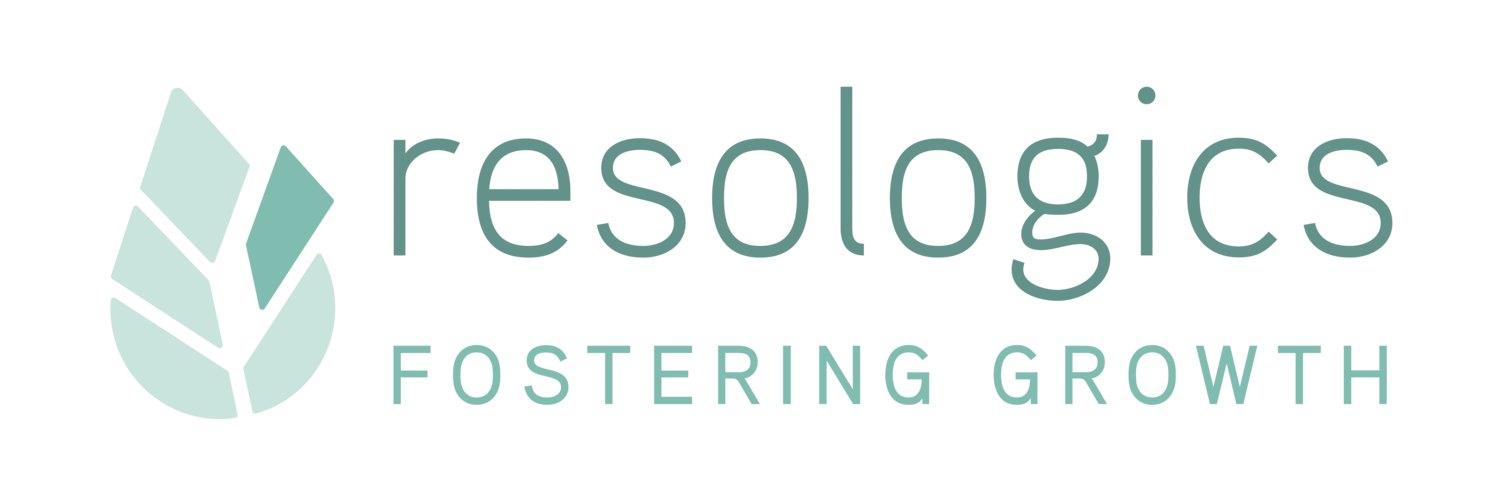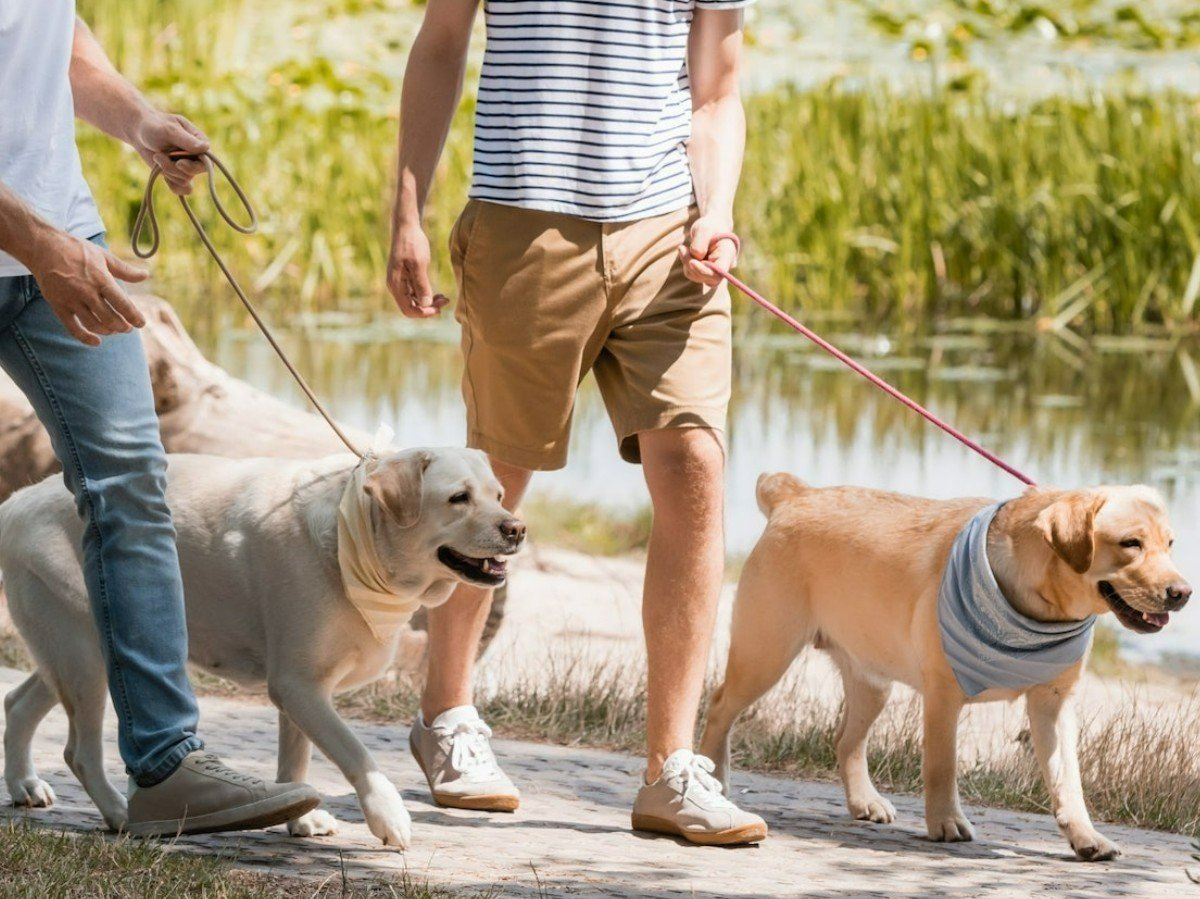Conflict resolution in the dog park
/From where I sit as a mediator, conflict advisor and coach for abrasive leaders, there is conflict everywhere I look.
There are the good conflict outcomes I see when opposing ideas from dissimilar people get brought into the open and wrangled with toward a positive result for all; and the less-than-good outcomes that lead to violence, nasty lawsuits or complex court cases.
I love my seat at this messy table, and I respect the people around the world who sit at similar tables in the worthy work of engaging in and teaching conflict resolution.
There’s a place where I’ve taken my dog Mike to walk nearly every morning for a few years now. A newcomer has a dog whose attitude has been aggressive toward Mike, and in response Mike’s not so good around him either.
After about a month of chance meetings and dicey interactions, the “newcomer” (I learned was named Hector) and I decided on a little conflict resolution this morning.
We kept the dogs on leash, and walked near each other talking calmly about whatever came to mind. We slowly allowed the dogs to feel each other out and walk a few miles together — if not in the same paws, at least on the same path. We were there with them as trusted friends, ready to help de-escalate if need be. We fed them treats from the same bag, and praised them when they finally sniffed each other thoroughly.
Hector and I agreed at the end of the walk that things were looking good, and scheduling a few more walks like this would help in gaining trust and an understanding of each other.
Basic conflict resolution ABCs, right?
Right! So, let’s break that down a little:
We didn’t let things fester for months and instead nipped the conflict in the bud before their (and our) neural pathways (stories) could get set in a bad way.
We put no blame or judgment on either dog, and controlled and treated them equally.
We helped activate the thinking part of their brains by allowing a controlled, calm, safe walk to take place.
We encouraged them with our words and shared treats.
We’re going to give it a little more time because new behaviors (neural pathways) aren’t learned overnight.
Am I comparing animals to human beings? Absolutely! This situation looks a lot like my conflict-competency work with leaders and teams. Humans operate in many of the same ways that other animals do. The big difference is that humans can consciously make the decision to get better at resolving conflicts with other humans, and ripple out that intention and expertise exponentially. Dogs can’t do that.



When we join a company, partnership or team, our expectation is that everyone involved will exhibit professional behavior toward us and each other. Instead, it’s highly possible that we may become one of the more than 60 million adults in the United States who are affected in some way by bullying behavior at work.
What kind of behaviors are we talking about? Our definition is any interpersonal behavior that causes emotional distress in others sufficient enough to impede their productivity or disrupt organizational functioning. It isn’t just a personality conflict — it’s a chronic pattern of disrespectful behavior.